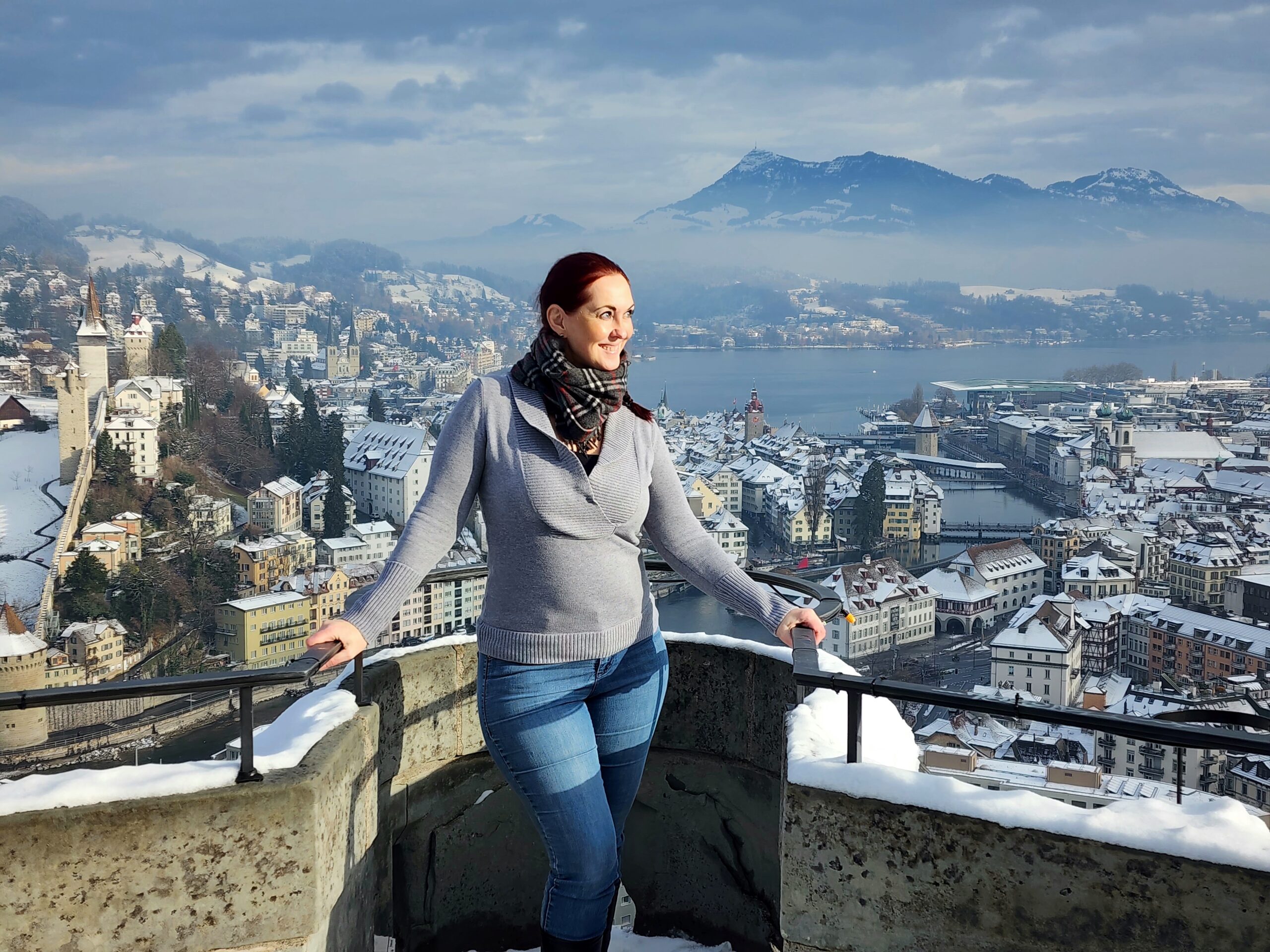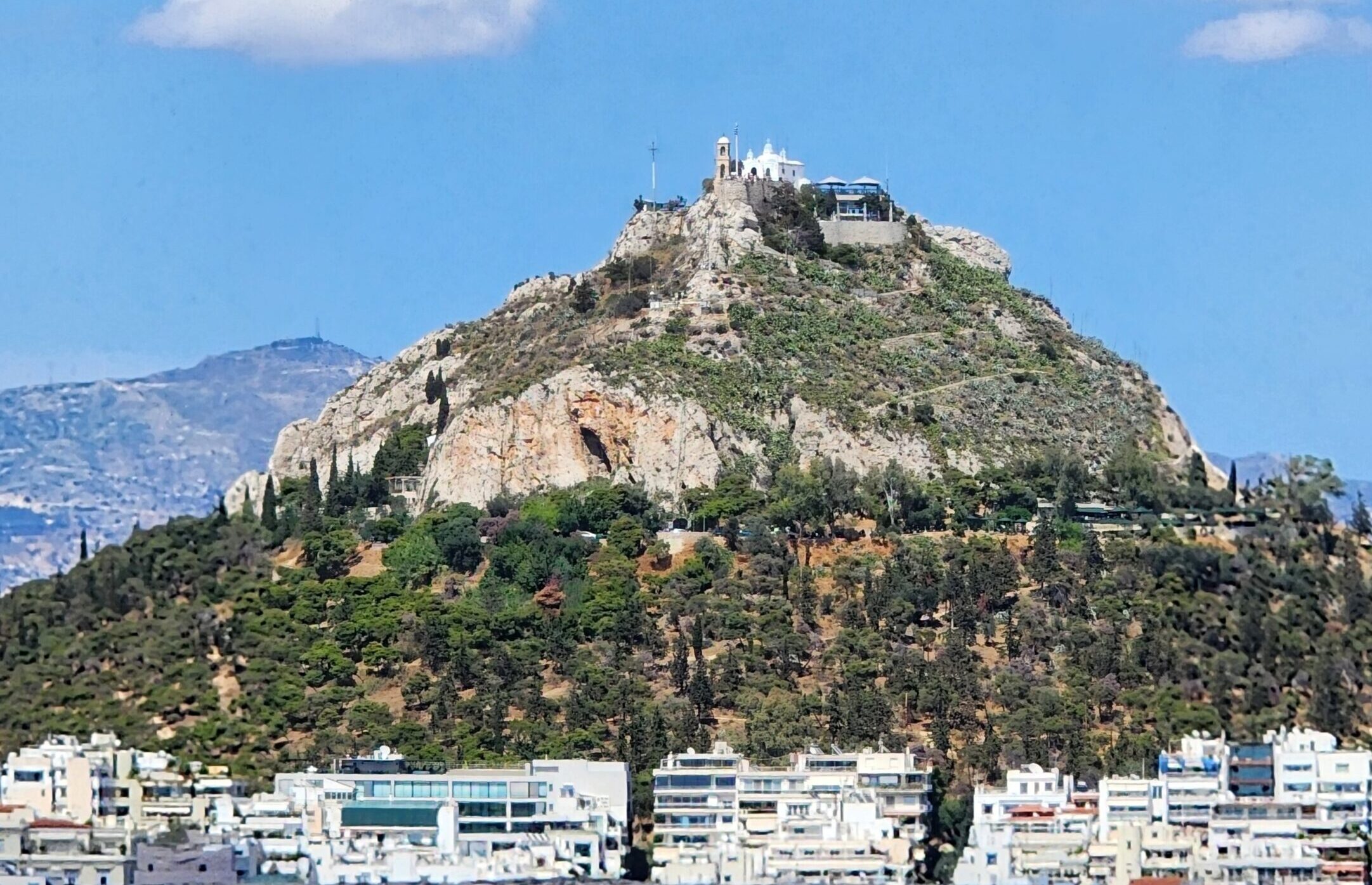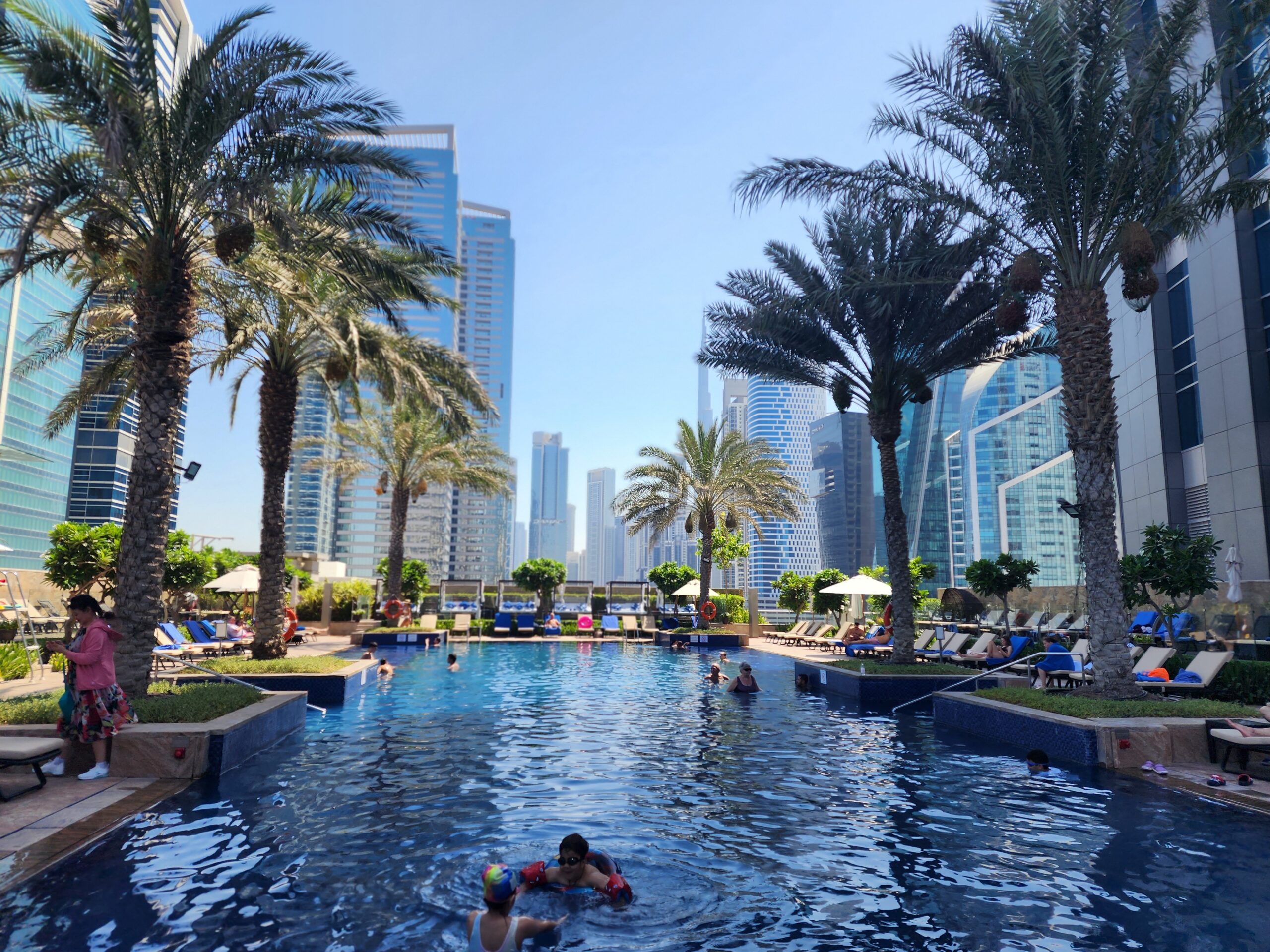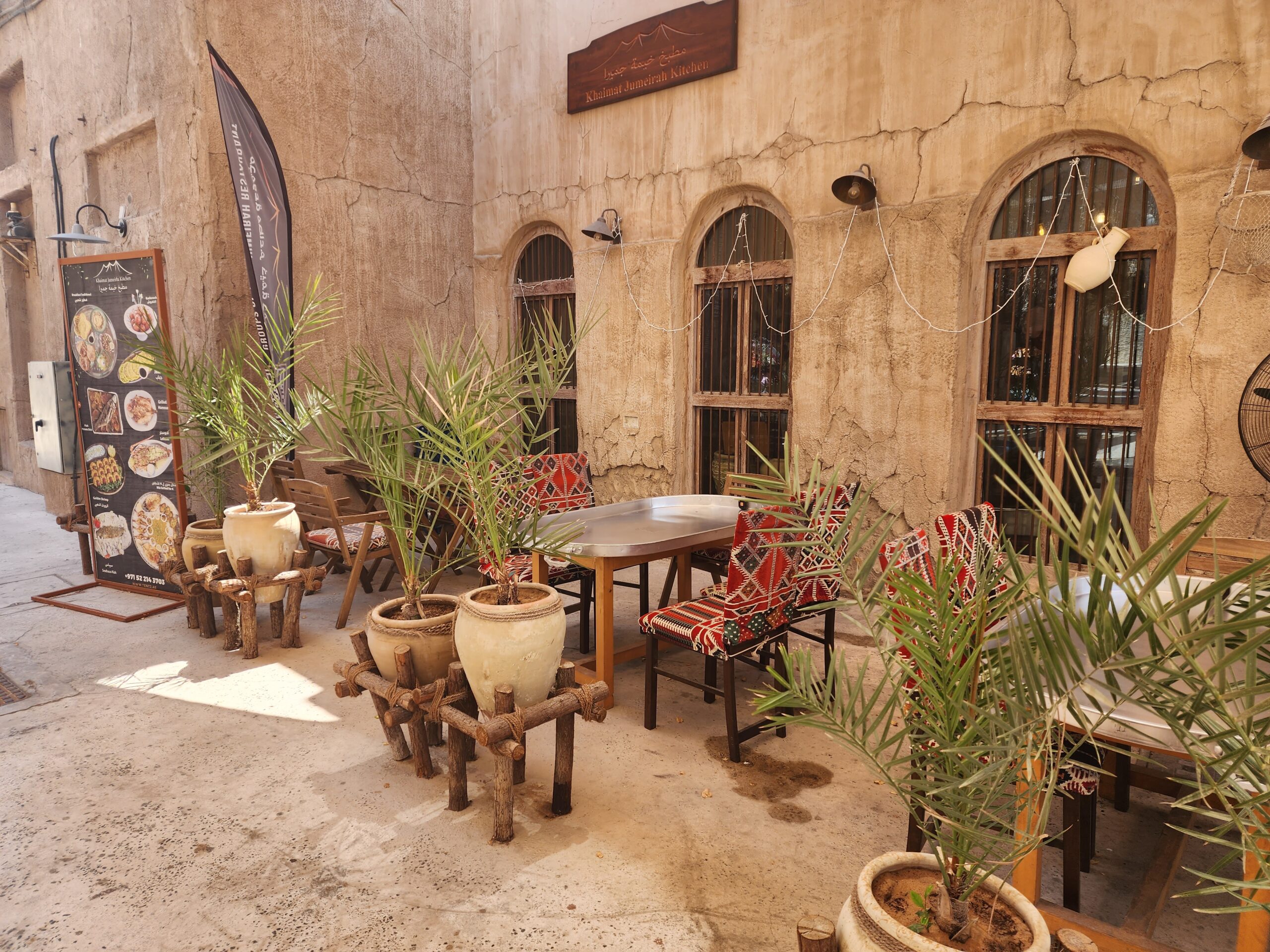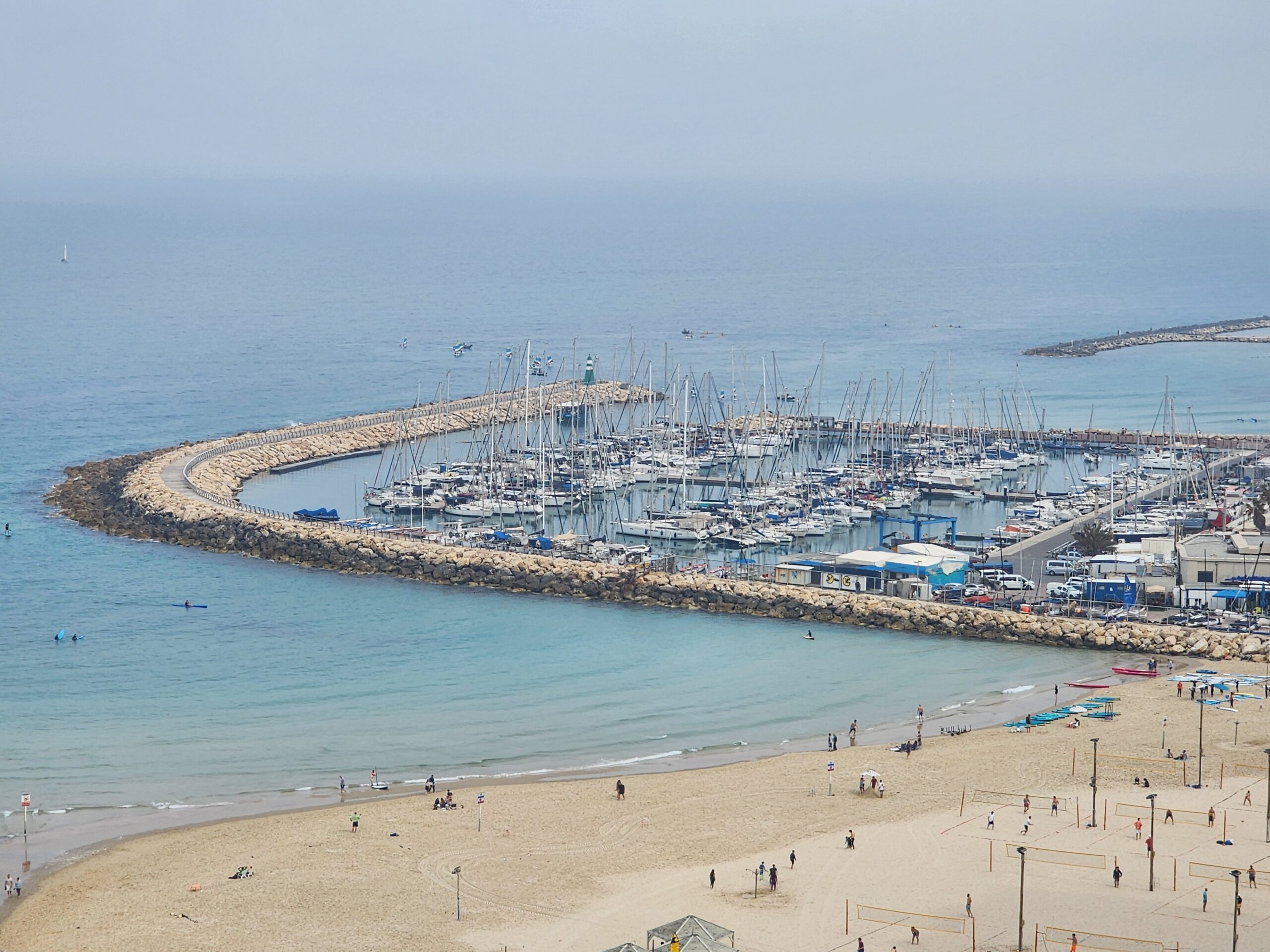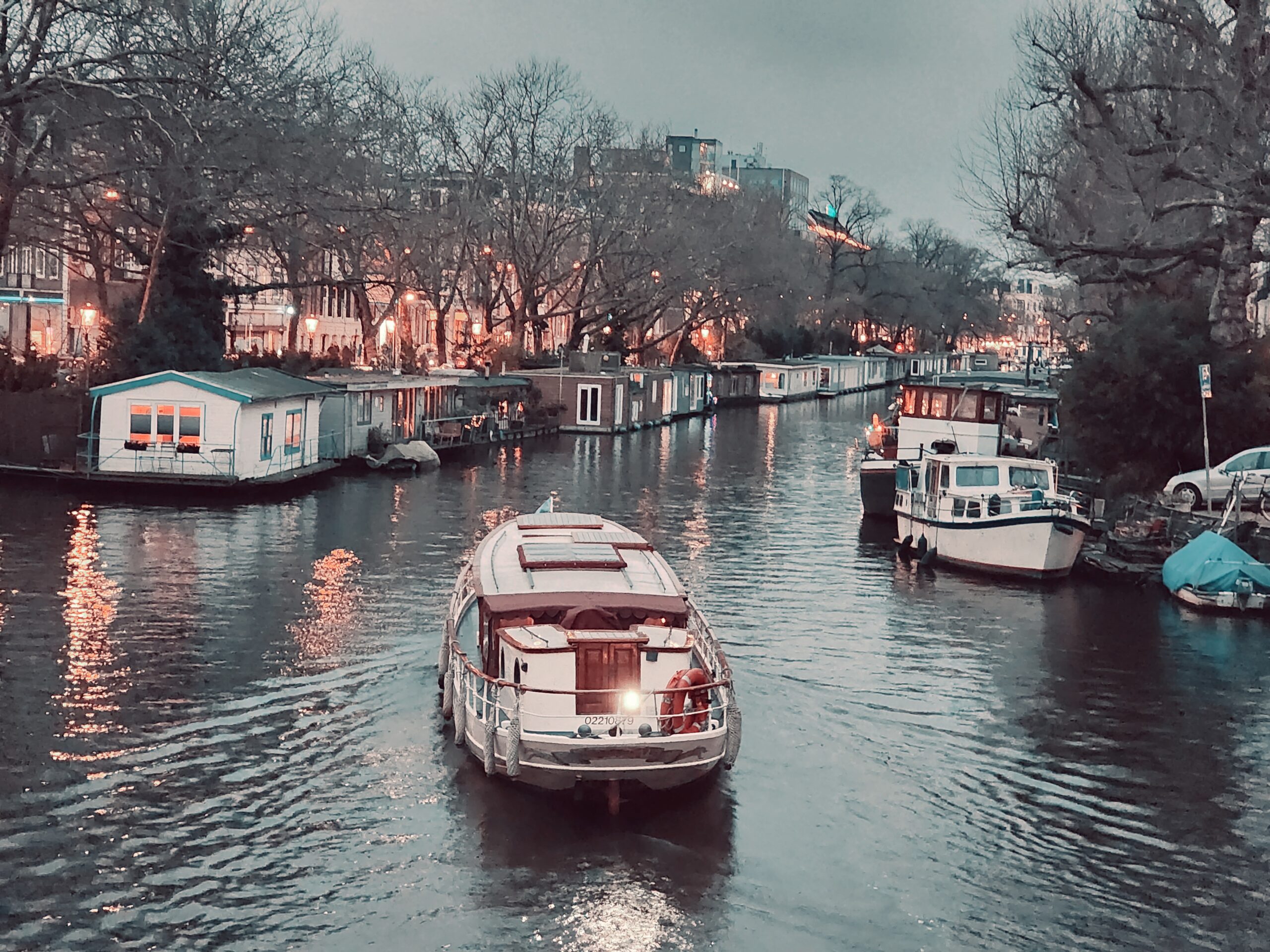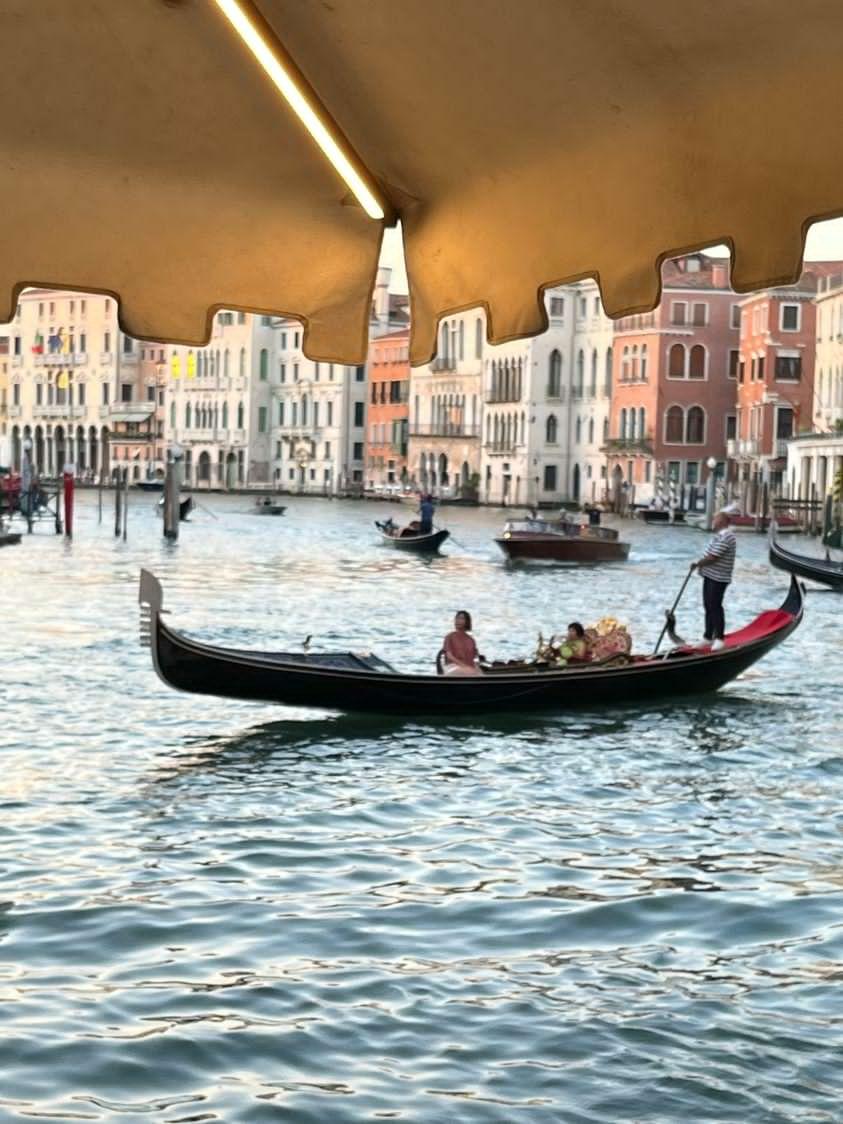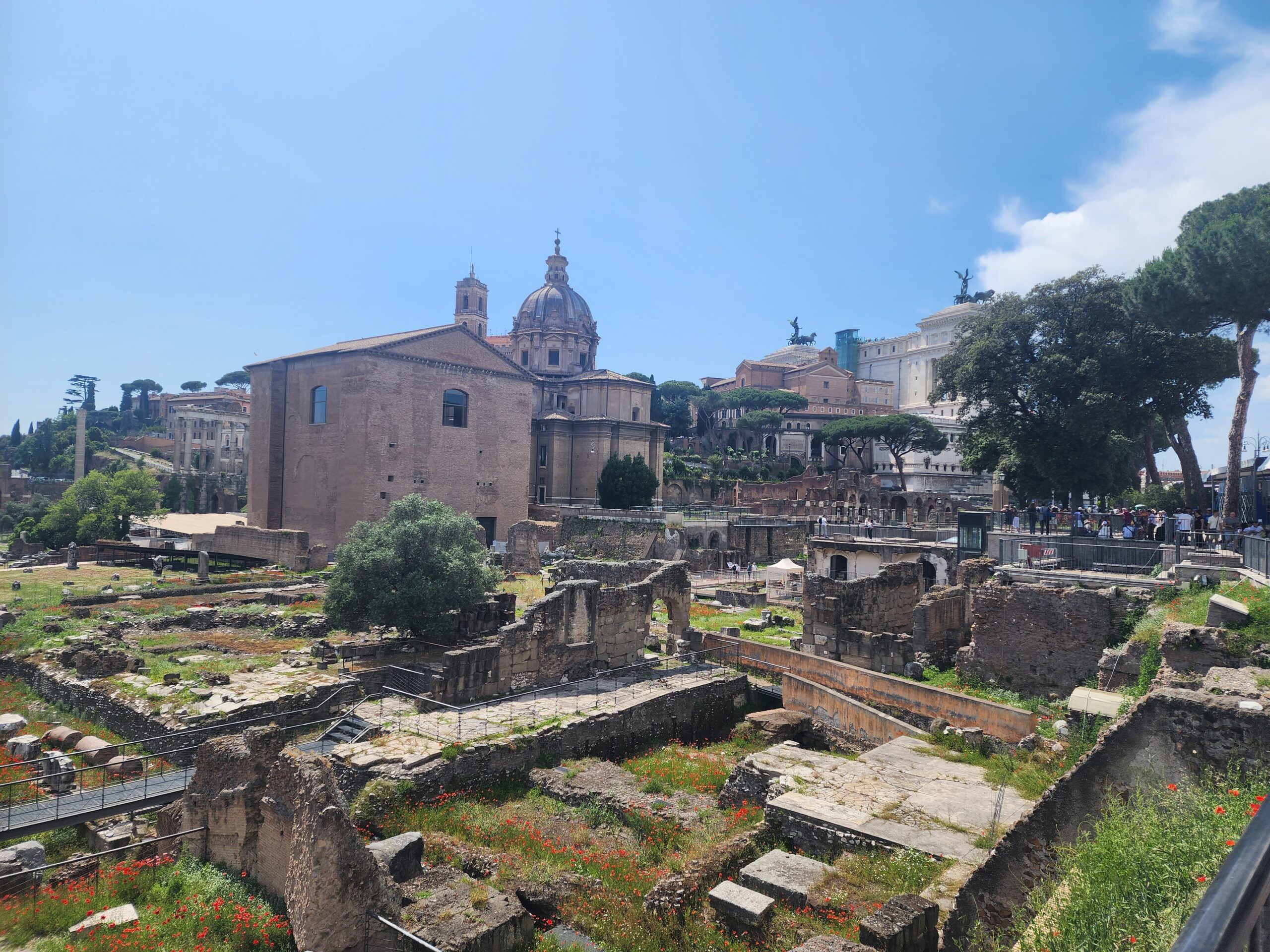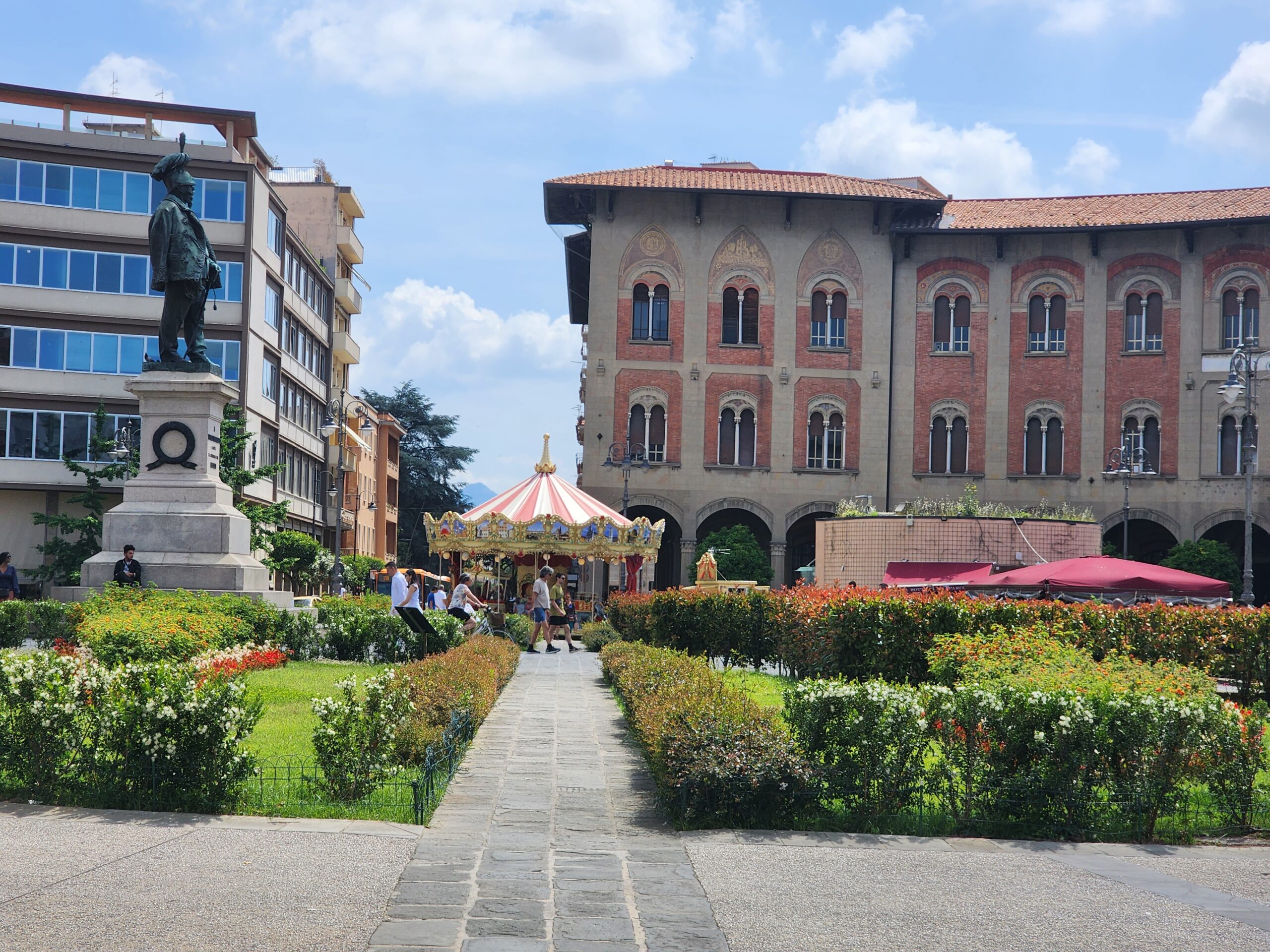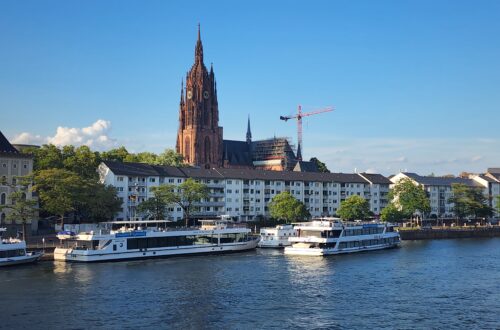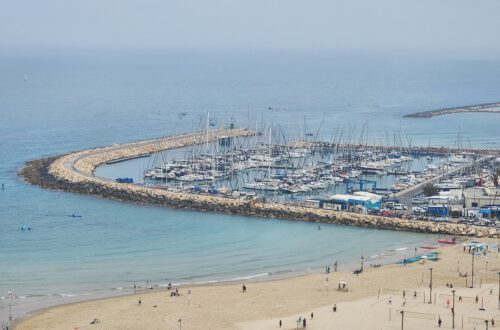Copenhagen, the capital of Denmark, is a dynamic and charming city known for its innovative design, rich history, and vibrant cultural scene. Situated along the coast of the Oresund Strait, this Scandinavian gem seamlessly blends contemporary living with old-world charm. From its historic sites to its cutting-edge architecture and focus on sustainability, Copenhagen is a city that has something for everyone—whether you’re an art lover, foodie, or history enthusiast.
Key Highlights of Copenhagen:
Tivoli Gardens: Opened in 1843, Tivoli Gardens is one of the world’s oldest amusement parks and a beloved landmark in Copenhagen. Its enchanting mix of beautiful gardens, thrilling rides, and festive atmosphere makes it a must-visit for families and visitors of all ages. During the holiday season, Tivoli transforms into a winter wonderland with lights, decorations, and seasonal events.
Nyhavn: Nyhavn is one of Copenhagen’s most iconic sights, featuring colorful 17th-century houses lining the canal. Once a bustling port, the area is now a lively hub of restaurants, bars, and cafes where you can relax by the water, enjoy traditional Danish food, or hop on a boat tour of the city. It’s the perfect spot for a scenic walk and a taste of Copenhagen’s maritime history.
The Little Mermaid: Inspired by Hans Christian Andersen’s famous fairy tale, the Little Mermaid statue is one of Copenhagen’s most famous landmarks. While the statue is smaller than many expect, it’s an enduring symbol of the city and draws thousands of visitors each year. It’s a peaceful spot along the waterfront where you can reflect on the city’s literary heritage.
Christiansborg Palace: Located on Slotsholmen Island, Christiansborg Palace is home to the Danish Parliament, the Prime Minister’s Office, and the Supreme Court. Visitors can explore the grand state rooms, the royal stables, and the ruins of the original medieval castle. The palace also offers a stunning view of the city from its tower.
Rosenborg Castle: For those interested in royal history, Rosenborg Castle is a must-visit. This stunning Renaissance-style castle houses the Danish crown jewels, including the famous Crown Regalia. The castle’s beautiful gardens and ornate interiors provide a fascinating glimpse into Denmark’s royal past.
Strøget: One of Europe’s longest pedestrian shopping streets, Strøget is the heart of Copenhagen’s retail scene. It stretches through the city’s historic center and is lined with a mix of high-end boutiques, international chains, and local Danish design stores. It’s also home to a number of cozy cafes, perfect for taking a break and people-watching.
Freetown Christiania: Christiania is an alternative neighborhood that was founded in the early 1970s by a group of artists and free spirits. Known for its colorful murals, bohemian lifestyle, and self-governing community, it’s a unique place to explore. Visitors can stroll through the area, check out its art galleries, cafes, and gardens, and experience a different side of Copenhagen.
National Museum of Denmark: For a deeper understanding of Denmark’s history and culture, the National Museum is the place to go. It showcases a vast collection of artifacts from Denmark’s prehistoric and Viking periods, as well as exhibitions on art, culture, and everyday life through the ages. The museum is family-friendly, with interactive displays for children.
Copenhagen’s Food Scene: Copenhagen is a food lover’s paradise, especially for those seeking innovative cuisine. The city is home to several Michelin-starred restaurants, including the world-renowned Noma. For more casual dining, try traditional Danish dishes like smørrebrød (open-faced sandwiches), frikadeller (meatballs), and pastries like kanelsnegl (cinnamon rolls) or Danish butter cookies.
Amalienborg Palace: The official residence of the Danish royal family, Amalienborg Palace consists of four identical palaces surrounding a central square. Visitors can watch the changing of the guard ceremony here, which takes place daily at noon. The palace also features a museum showcasing the history of the Danish monarchy.
How to Get There:
Copenhagen Airport (CPH) is the main international gateway to the city and is well-connected with flights from around the world. Once in the city, Copenhagen has an excellent public transportation system, including buses, trains, and a metro network. The city is also very bike-friendly, and many visitors choose to explore the city by renting a bicycle, as Copenhagen is one of the most bike-friendly cities in the world.
This post may contain affiliate links which means I may receive a commission if you click or purchase through the links. I will only recommend products I use myself. Learn more on my Disclaimer Page.
